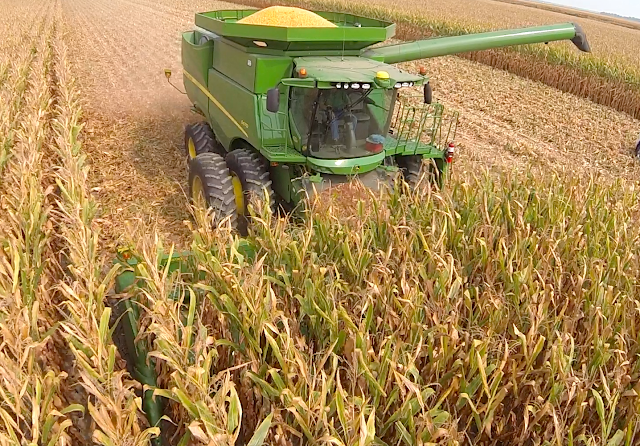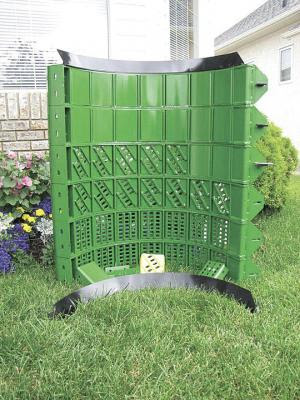Maintenance guide for a Combine Harvester
In the year 2020, Combine Harvester showcase the extremities of humanity’s technological advancement. They showcase diligence and responsiveness, unlike ever before. They will help you hit your production benchmarks at all cost! Astonishingly, farmers from all over the world still worry about losses and grain damage every single day. However surprising it may seem, many still doubt whether the current Case Combine Harvesters can run at 100percent capacity at all times or not.
Experts agree that a machine’s toughness does not make it immune to the harsh field conditions. One must understand the dynamics that make up a combined harvester. To gain most from the machine, a farmer must learn to manage the essential parts that require maintenance.
• Maintenance Inspection before Harvest Season
Experts agree that a machine’s toughness does not make it immune to the harsh field conditions. One must understand the dynamics that make up a combined harvester. To gain most from the machine, a farmer must learn to manage the essential parts that require maintenance.
• Maintenance Inspection before Harvest Season
Surveys have shown that a 21st-century farmer covers more distance on their case combine harvester than they did 20 years ago. However, to include such immense distances, the combine harvester demands maintenance, and inspection of its critical components before the harvesting season. A farmer should understand whether the parts have degraded a minimum of 25percent or 50percent. Depending on the degradation, the farmer can conjure an idea that will help him during the renovation process. It is common for mud and pebbles to get stuck at the bottom of the elevator while the harvester surfs the fields, the farmer must clean and the debris and clear the clogged air filters.
• Key Troublespot Maintenance
During the maintenance process, the farmer will always come across certain areas that seem more damaged than the rest of the machine. A loosened chain that might have overstretched itself can lead to a massive loss if not replaced before harvest. It would be best if the farmer keeps a close watch on the cord head system. The components are seen to lose efficiency with age.
• Components for Auger and Threshing
Farmers must understand that the concave section and the rasp bar are essential components. Any damage done on them can result in a deficiency in crop production. The rotors and the concaves must be examined thoroughly for damage.
• Calibrating the Yield and Loss Monitor
Before beginning harvest, the loss and yield monitor in a case combine harvester must be recalibrated. The monitor must be checked and double-checked before and after a harvest season. However, if the farmer fails to understand the technology built within the monitor, it is advised that they contact a professional to take a look at it. All sensors must be tested and made ready before the commencement of the harvest.
By the above analysis, it can be understood that owning a case combine harvester is not all. One must learn to keep their machine in shape and good health. A failing device might cause a considerable loss to the farmer in a harvest season. Maintenance is equivalent to sustenance. Before a farmer could proceed with the harvest season, they must ensure that their harvester is running smoothly, and all its issues are resolved.




Comments
Post a Comment